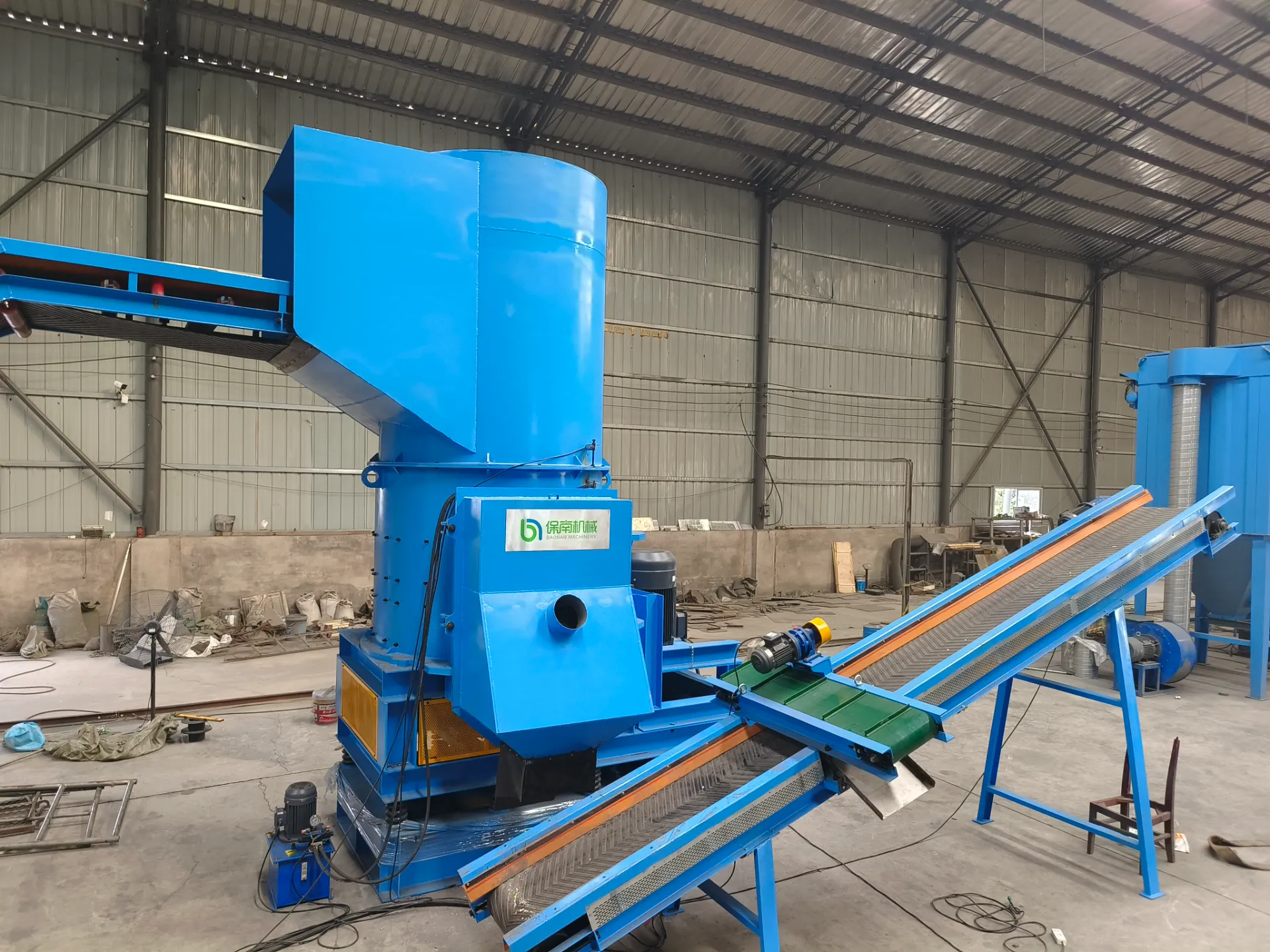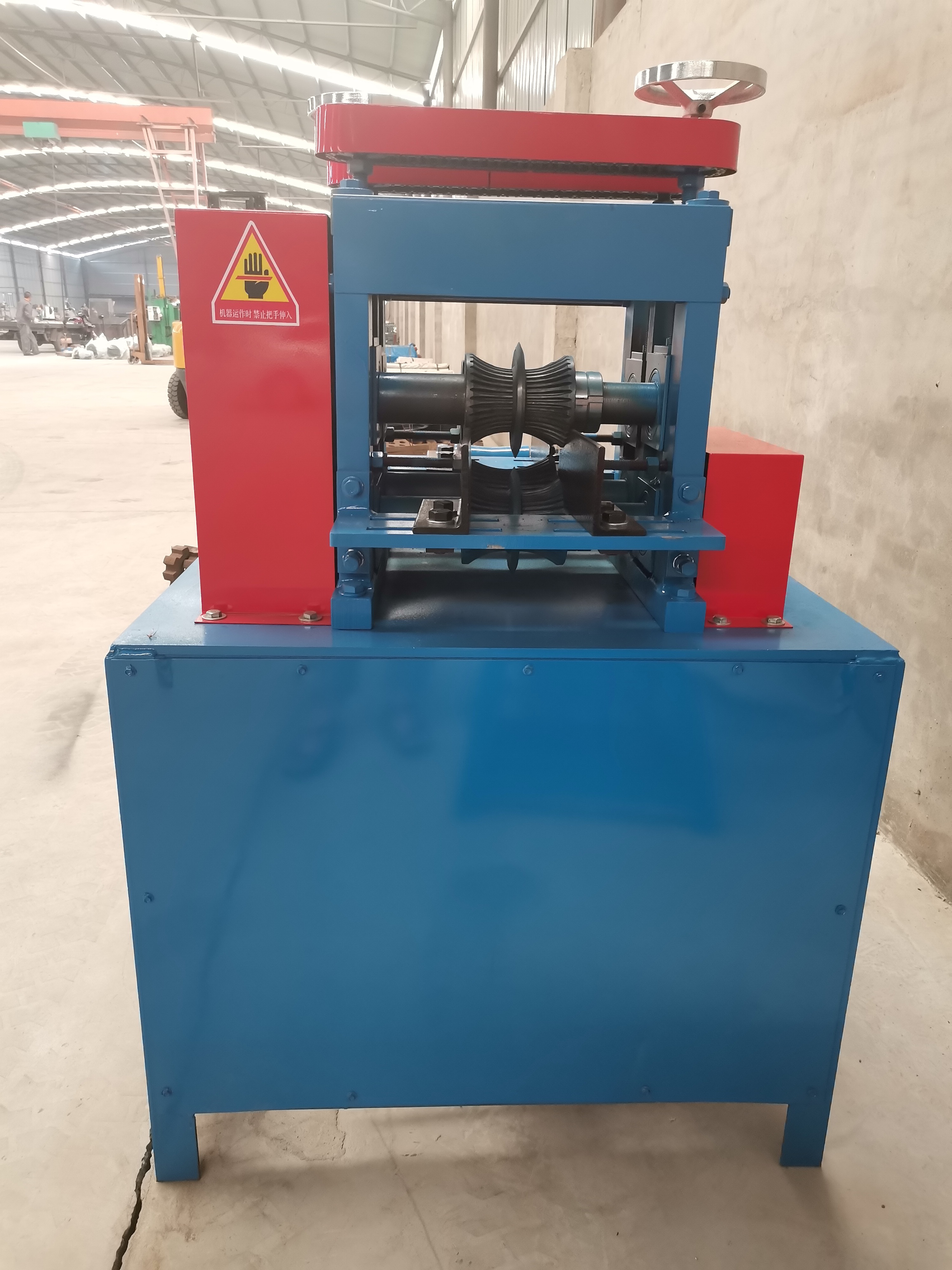The iron recycling industry has evolved into an essential part of sustainable development, helping to conserve natural resources and reduce environmental pollution. Setting up an iron recycling plant, however, involves considerable initial and operational costs that justify a detailed analysis. Understanding these costs is crucial for stakeholders to make informed decisions.

One of the first major expenses in establishing an iron recycling plant is procuring suitable land. The plant's location is incredibly important as it affects logistics, supply chain efficiency, and regulatory compliance. An ideal site would be strategically located near raw material sources and transportation hubs to minimize transport costs. This may range from tens of thousands to millions of dollars depending on the country, accessibility, and proximity to urban centers.
The cost of equipment is another significant component. Recycling plants require specialized machinery such as shredders, magnetic separators, balers, shears, and conveyer belts. High-quality machinery ensures efficiency and longevity, reducing maintenance overheads over time. Depending on the capacity and technology, an equipment budget could range from $500,000 to $5 million. Investing in cutting-edge technology, although pricier, can drastically improve plant efficiency and turnaround time, making it a worthwhile long-term investment.

Labor costs form a substantial part of operational expenses. Skilled labor is essential for operating complex machineries and managing the recycling processes with precision. Salaries differ greatly based on location, skill set, and experience, which could account for a substantial monthly financial outlay. Other labor-related expenses include employee training programs to keep up with technology and industry standards, which plays a key role in the plant's overall productivity and safety.
Regulatory compliance is a non-negotiable cost in the iron recycling business. Compliance with environmental regulations can be expensive but necessary to maintain operational legitimacy and community trust. These may include acquiring permits for air and water emissions, waste management systems, and ensuring proper occupational health and safety standards. Failing to adhere to these regulations could result in heavy fines and legal actions that not only incur financial costs but also damage to reputation.
Transportation and logistics represent another recurring cost. Whether transporting scrap iron to the plant or processed material to clients, efficient logistics solutions are essential. This involves both the procurement of a fleet of vehicles and hiring of seasoned logistics personnel. Fuel, maintenance, and warehousing also add to these recurring costs, making logistics one of the largest operational expenses beyond staffing.
iron recycling plant cost
Marketing is often overlooked but crucial to a plant's success. Establishing a brand presence is vital to attract clients such as construction companies, automotive manufacturers, and governmental contracts. Effective marketing strategies could entail attending industry conferences, creating professional digital content, and participating in local community initiatives. Marketing costs can vary widely, but budgeting for a percentage of projected revenue ensures a sustained marketing effort is in place.
Insurance is another indispensable cost which mitigates the risk of unforeseen disruptions such as equipment breakdowns, natural disasters, or accidents. Comprehensive coverage plans are crucial to protect the plant's assets, employees, and operational capability. The cost of insurance policies depends on various risk factors including plant location, operational scale, and claim history.
Ongoing maintenance cannot be overlooked as it contributes to the plant's long-term sustainability. Regular servicing of equipment ensures minimal downtime, optimizes throughput, and prevents costly emergency repairs. Planning for these expenses upfront is essential for the plant's smooth operation and longevity.
Lastly, waste management is a hidden cost that can escalate if not managed efficiently. Recycling produces waste materials that need to be disposed of in an environmentally friendly manner. Contracting waste management services or investing in additional technology for in-house waste processing can regulate this potential cost, aligning the plant's operations with sustainability goals.
In summary, setting up an iron recycling plant involves an intricate combination of infrastructure investments, equipment procurement, regulatory compliance, and operational management. Each aspect plays a crucial role in determining the plant's profitability and long-term viability. Thorough planning and expert consultations are recommended to navigate the financial landscapes effectively, ensuring the plant not only meets current demands but also paves the way for future growth and innovation in the recycling sector.


